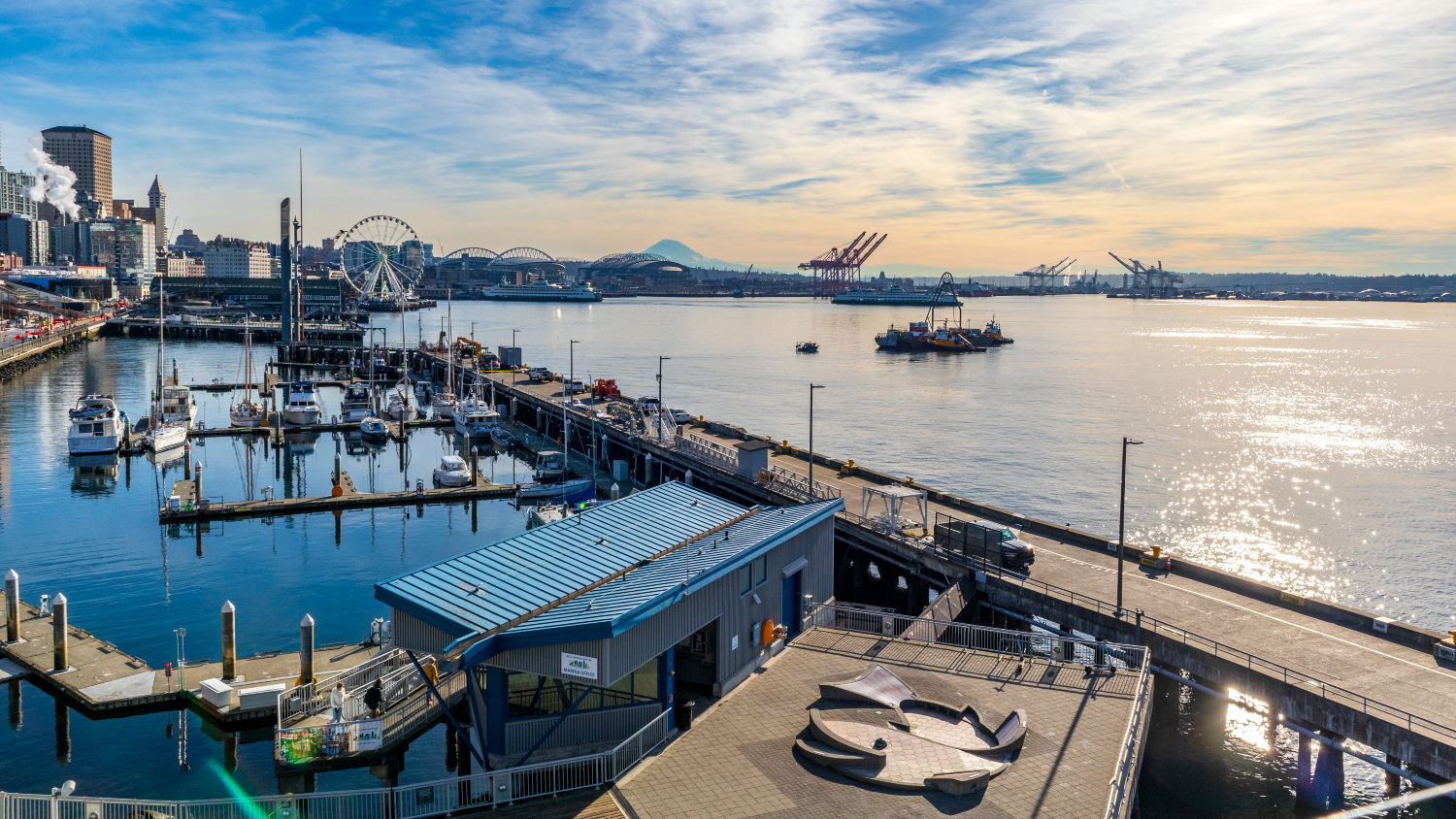Russia has restored crude oil flows to Hungary after repairing drone damage to its Druzhba pipeline connection, Hungary’s foreign minister Peter Szijjarto said late on Aug. 19.
“Oil deliveries to Hungary via the Druzhba pipeline have been restored after the Ukrainian attack two days ago,” Szijjarto said, warning Kyiv against jeopardizing future flows. “We expect Ukraine not to strike this vital pipeline again.”
A pumping station on the pipeline was struck twice by Ukrainian drones between Aug. 13-18, suspending oil flows to Russia’s remaining oil consumers in Slovakia and Hungary.
Attacks had hit a pumping station in Unecha, southwest of Moscow, that has the capacity to pump up to 1.5 million b/d through its two branches into Central and Eastern Europe and north to the Ust-Luga oil export terminal on the Gulf of Finland.
Responding to the sabotage incident, Slovakia’s Minister of Economy Denisa Sakova said flows should be restored in a matter of days, but assured that the country could make use of its strategic reserves in the event of a protracted outage.
Meanwhile, Hungary’s Szijjarto condemned an “outrageous and unacceptable” assault on the country’s energy security and warned that it plays an important role in supplying electricity to Ukraine.
Together with Belarus, Slovakia and Hungary have been left as some of the last European consumers for Russia’s crude oil, which previously flowed to Germany, Poland and the Czech Republic via pipeline. However, the countries have faced growing energy insecurity over Russian supplies as its conflict with Ukraine has escalated.
Early in the war, Ukraine mostly avoided retaliating against Russia by targeting its energy infrastructure, observing strict requirements from its allies over the use of their arms supplies. However, it has since amassed a fleet of domestically produced drones capable of hitting major oil refineries and pipeline infrastructure, and has shown growing willingness to hit major export facilities.
A previous attack on a Druzhba pipeline pumping station suspended flows to Hungary and Slovakia in March. Ahead of talks between US and Russian officials in Riyadh in February, Ukrainian drones also struck a pumping station on the 1.5 million b/d Caspian Pipeline Consortium pipeline, a major export route for Kazakhstan to ship its oil to international buyers.
Regional supply risks
Escalating attacks have triggered alarm among Russia’s remaining oil buyers and international stakeholders that rely on energy infrastructure surrounding the conflict.
Earlier this year, the Czech Republic fast-tracked plans to cut off Russian supplies after Druzhba pipeline outages, while energy security concerns have motivated a push from Hungarian refiner MOL to diversify its supply routes.
With some 290,000 b/d of refining capacity across Hungary and Slovakia, MOL is one of the largest fuel producers to still rely on the Druzhba pipeline system, which continues to supply the majority of its feedstock. It is working to make its inland refineries, Danube and Bratislava, capable of running using supplies from the alternative Adria pipeline, which runs to the Croatian port of Omisalj, but has said it will not be capable of doing so until at least 2026.
MOL has not made a definitive commitment to end its Russian crude purchases when it has the capability to do so, and has blamed high fees for making the Croatian route uneconomic.
Under a one-year deal signed in February 2025, MOL agreed with Croatian pipeline operator Janaf on 2.1 million mt of crude oil to be delivered via the Adria pipeline to its inland refineries — Bratislava and Danube. Those figures translate to roughly 42,000 b/d of oil, roughly 15% of the combined capacity of the two facilities.
At the same time, MOL has planned to partner with the Serbian government on a Druzhba pipeline extension project, which would expand the reach of Russian supply into Pancevo from Szazhalombatta in Hungary.
Source: Platts




